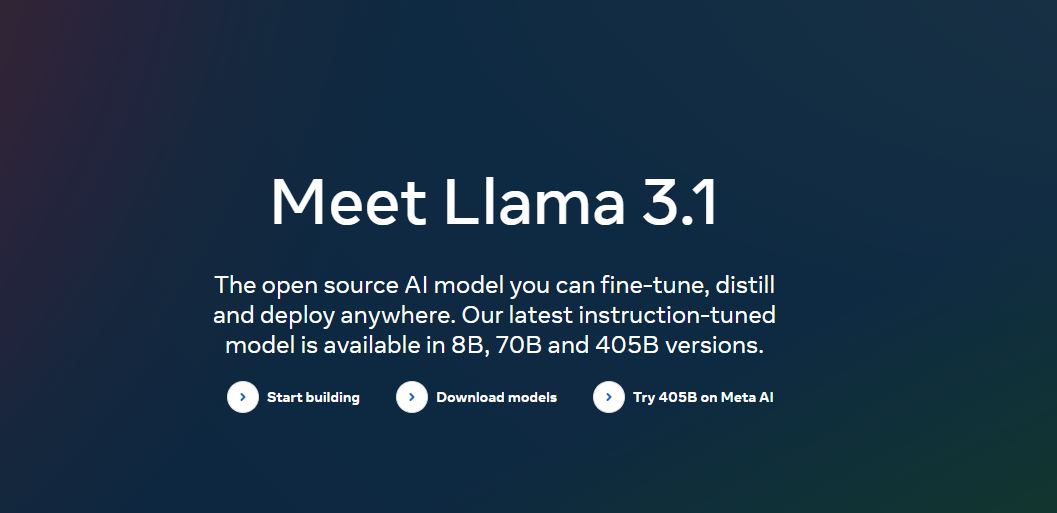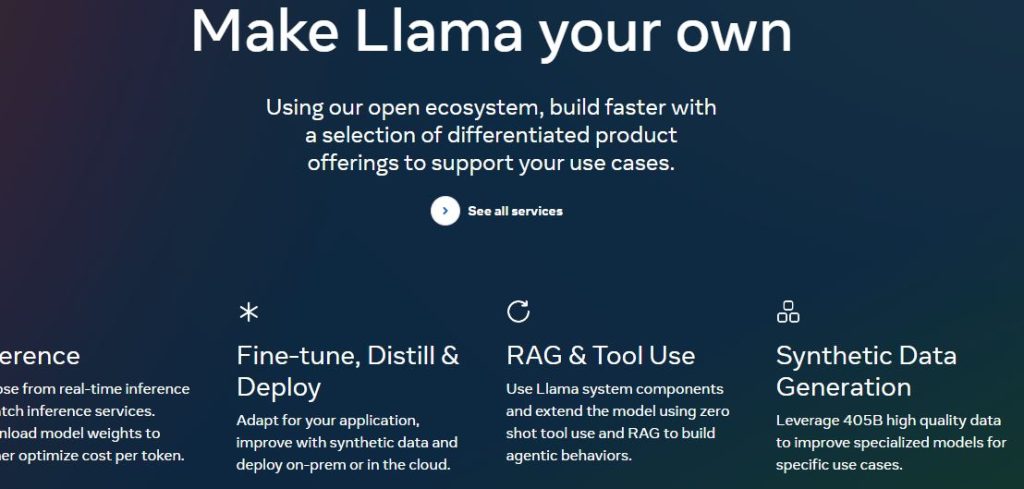Physical Address
60 Ekwema Cres, Layout 460281, Imo
Physical Address
60 Ekwema Cres, Layout 460281, Imo

Zuckerberg’s Llama 3.1 vs. ChatGPT: Meta released a well-constructed open-source AI model in April, and now, on July 23, it has finally released its latest AI model.
Meta Llama 3.1 is the company’s first for the AI industry.
See Also: OpenAI Postpones New Voice Assistant to Fix Safety Concerns
Expectations for innovation are all-time high. Meta CEO Mark Zuckerberg believes the company’s Llama-powered AI assistant will be more widely used than ChatGPT by the end of this year.

He went on to say that just like Linux surpassed proprietary operating systems, open-source AI models are rapidly advancing and poised to surpass proprietary ones, mirroring the trajectory of Linux becoming the dominant force in powering modern devices and infrastructure.
Also Read: OpenAI Introduces New GPT-4o Mini Model
In a blog post, Meta stated that the latest model has outperformed GPT 4o and Anthropic’s Claude 3.5 Sonnet on several benchmarks. Last year, Llama 2 was only comparable to an older generation of models behind the frontier. This year, Llama 3 is competitive with the most advanced models and leading in some areas.
Zuckerberg’s Llama 3.1 vs. ChatGPT. Note that Llama 3.1 is the most complex AI model by Meta so far. Llama 3.1 is a small family of models–Llama 3.1 405B, 70B, and 8B.
Note that the numbers connote the number of parameters—that is, the neuron-like connection points where calculations are made, and weights are applied—used by the models.
According to Meta, it is the world’s largest publicly available LLM (Large Language Model). The model sets a new standard for AI and is ideal for enterprise-level applications and research and development (R&D). This model excels at general knowledge, long-form text generation, multilingual translation, machine translation, coding, math, tool use, and enhanced contextual understanding.
This is a perfect ideal model for content creation, conversational AI, language understanding, R&D, and enterprise applications. The model excels at text summarization and accuracy, text classification, sentiment analysis and nuance reasoning, language modeling, dialogue systems, code generation, and following instructions.
It is best suited for limited computational power and resources. The model excels at text summarization, text classification, sentiment analysis, and language translation requiring low-latency inferencing.
Meta is also expanding the reach of its Llama-based AI assistant to additional countries and languages, while also introducing a new feature that enables image generation based on a person’s unique appearance.
Meta has also announced that the Meta AI, an assistant in Meta apps, is now going multilingual. Meta AI is now available in 22 countries, with the newest today in Argentina, Chile, Colombia, Ecuador, Mexico, Peru, and Cameroon.
The users can also interact with Meta AI across WhatsApp, Instagram, Messenger, and Facebook in new languages: French, German, Hindi, Hindi-Romanised Script, Italian, Portuguese, and Spanish with more to come.